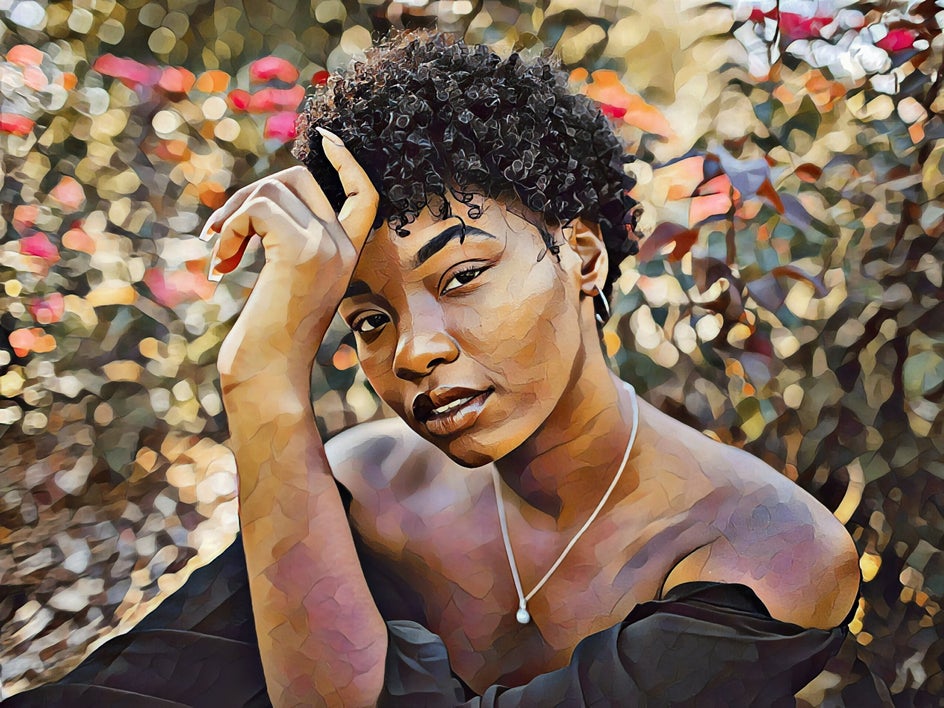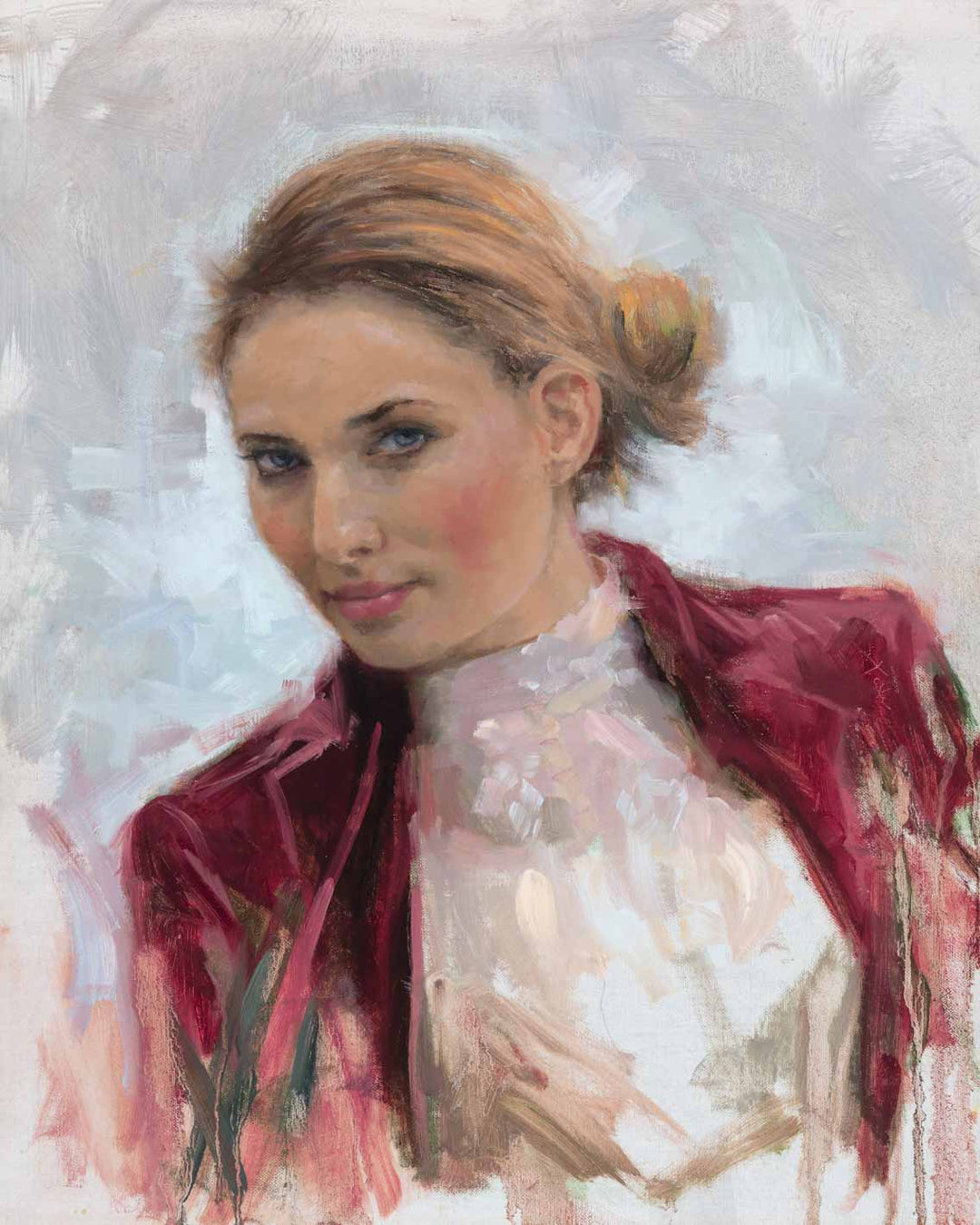Oil Paintings for Sale Featuring Celebrated Global Artists
Oil Paintings for Sale Featuring Celebrated Global Artists
Blog Article
Discovering All Concerning Oil Paintings: A Guide to Understanding Their Beauty and Worth
Oil paintings have captivated target markets for centuries, offering a glimpse right into the creative mastery of various periods. Their abundant history is linked with ingenious techniques and extensive psychological expression. Comprehending the materials and approaches behind these artworks can improve admiration. Furthermore, the market for oil paintings presents possibilities for capitalists and collection agencies alike. As one discovers this fascinating world, the concern emerges: what makes an oil paint really important?
The Background of Oil Paint: A Journey Via Time
Oil paint has roots that date back to old times, it really prospered during the Renaissance, when musicians found its adaptability and rich color possibility. Early examples can be mapped to the 7th century, with strategies progressing especially throughout cultures. The tool became noticeable in Northern Europe in the 15th century, particularly with the jobs of musicians like Jan van Eyck, who spearheaded its use for comprehensive realistic look and vibrant colors. This duration noted a departure from tempera paints, permitting for greater depth and structure. As oil paint spread, it affected countless musicians, leading to work of arts by popular numbers such as Leonardo da Vinci and Rembrandt. The tool's heritage continues, shaping the art globe well right into modern-day times.
Recognizing Oil Repaints: Materials and Techniques
As artists check out the world of oil paints, they run into a varied array of materials and methods that define this tool. The key components of oil paint include pigments, which offer color, and drying out oils, such as linseed, that bind the pigments and promote application. Numerous ingredients can customize the paint's structure and drying out time, boosting adaptability. Strategies like glazing, where clear layers are built up, and impasto, which involves applying thick paint, enable for various aesthetic results. Additionally, using brushes, combination knives, and even fingers can produce distinct structures and coatings. Comprehending these methods and materials allows artists to fully express their creativity and accomplish the wanted influence in their art work.
The Function of Color in Oil Paintings
Color plays a crucial function in oil paintings, affecting both aesthetic appeal and psychological vibration. Comprehending color theory fundamentals, consisting of the connections between shades, can boost a musician's ability to convey state of mind and ambience. Additionally, understanding color blending strategies permits greater deepness and splendor in a painting's scheme.

Shade Concept Fundamentals
Understanding shade theory is vital for artists collaborating with oil paints, as it develops the structure for producing aesthetically engaging and unified compositions. Shade theory encompasses the research of how shades engage, the color wheel, and the relationships in between main, secondary, and tertiary shades. Musicians utilize corresponding colors to enhance contrasts and develop focal points, while similar colors advertise unity and cohesiveness within an item. Additionally, the principles of great and warm shades influence the understanding of deepness and area in a paint. Realizing these principles enables artists to control shade properly, directing the viewer's eye and communicating their desired message. Mastery of shade concept eventually improves an artist's capability to share emotions and concepts via their work.
Psychological Impact of Color
The emotional influence of shade in oil paintings plays a critical role in exactly how visitors perceive and attach with art work. Colors stimulate details feelings and state of minds, affecting the viewer's psychological state. As an example, warm tones like reds and oranges can produce a feeling of warmth and energy, while great tones such as blues and environment-friendlies frequently evoke calmness or self-contemplation. Artists strategically select shade palettes to enhance narrative aspects, assisting the target market's psychological trip. The saturation and contrast of colors even more magnify these impacts, drawing attention and developing focus. Inevitably, the interplay of colors in oil paints not just improves their aesthetic appeal yet also acts as an effective tool for emotional expression, enriching the viewer's experience and interpretation.
Shade Combining Techniques
While numerous aspects of oil painting add to the general structure, mastering color blending strategies is vital for attaining preferred results and deepness. Shade blending can be approached via different methods, consisting of the subtractive and additive processes. Additive blending includes integrating colors of light, while subtractive blending counts on pigments, where shades blend to create new tones. Artists frequently make use of a limited combination to create unified jobs, comprehending the relationships in between primary, second, and tertiary colors. Strategies such as glazing and scumbling additionally improve depth and brightness. By skillfully blending shades, a musician can evoke feelings, create prime focus, and accomplish a feeling of realistic look, ultimately elevating the paint's visual and emotional effect.
Famous Oil Painters and Their Iconic Functions

Well known for their mastery of shade and strategy, oil painters have actually created a few of one of the most well known artworks in background. Prominent artists like Vincent van Gogh astounded target markets with his stirring brushwork in "Starry Evening," while Claude Monet's "Impact, Sunup" prepared for Impressionism. Leonardo da Vinci's "Mona Lisa" stays a long-lasting sign of creative brilliant, showcasing his skill in capturing human expression. Rembrandt's "The Evening Watch" highlights his ingenious usage of light and darkness. Various other notable numbers consist of Pablo Picasso, that changed modern-day art with his bold experimentation in works like "Les Demoiselles d'Avignon," and Georgia O'Keeffe, whose vivid depictions of flowers and landscapes aided specify American modernism. Each artist's unique design contributed considerably to the oil painting landscape.
How to Evaluate the Top Quality of an Oil Paint
Evaluating the high quality of an oil painting involves a careful analysis of workmanship strategies, along with an evaluation of shade and make-up. Observing brushwork, layering, and the application of paint can disclose the artist's ability degree. In addition, the interaction of shades and the general arrangement of aspects contribute substantially to the painting's aesthetic worth.
Examining Workmanship Methods
A meticulous assessment of workmanship techniques is crucial for establishing the quality of an oil paint. Critics ought to initially analyze the application of paint; thick, distinctive brushstrokes may suggest a competent hand, while extremely uniform applications might indicate a lack of deepness. oil paintings for sale. The layering technique is likewise vital; the existence of lusters and differed thickness can boost luminosity and complexity. Additionally, the top quality of the products used, such as the canvas and pigments, plays a substantial role in toughness and total aesthetic. Attention to information in elements like edges and changes in between colors reflects the musician's dedication to their craft. Inevitably, these techniques contribute to the paint's emotional effect and market worth, functioning as indications of the musician's ability and intent
Evaluating Shade and Make-up
While evaluating the quality of an oil painting, one must concentrate on the interplay of color and composition, as these aspects are essential to the art work's total effect. Shade choices can develop and stimulate feelings state of mind; therefore, the artist's palette ought to be taken a look at for consistency and comparison. A healthy composition directs the viewer's eye and creates a feeling of unity. Musicians commonly employ methods like the policy of thirds or leading lines to boost aesthetic interest. Furthermore, making use of light and shadow can add deepness, boosting the three-dimensionality of the painting. Ultimately, a successful oil painting marries shade and make-up, involving the customer and inviting a deeper appreciation of the musician's vision and strategy.
Taking care of and Preserving Oil Paintings
Correct treatment and preservation of oil paintings is vital for keeping their honesty and long life. To protect these artworks, it is vital to present them far from straight sunshine, which can create fading and staining. Keeping a steady environment with regulated temperature and moisture additional aids in avoiding damages. Cleaning up must be done delicately utilizing a soft, dry towel, preventing any kind of extreme chemicals that might damage the paint or varnish. Routine examinations for indicators of degeneration, such as flaking or splitting, are advisable. When moving or storing oil paints, appropriate padding and framing are needed to avoid physical injury. Ultimately, diligent treatment contributes to the aesthetic allure and value of oil paints over time.
The Market for Oil Paints: Spending and collecting
Comprehending the marketplace characteristics for oil paintings is essential for investors and collection agencies alike. The worth of these artworks is influenced by various aspects, consisting of the artist's track record, historic importance, and current patterns. Enthusiasts commonly seek pieces that reverberate directly while considering prospective admiration in value. Galleries and auctions function as main venues for trading, with costs fluctuating based upon need and rarity. Purchasing oil paints needs study into the marketplace, in addition to an understanding of credibility and provenance. In addition, arising musicians might use chances for significant returns, while established names can command high prices. In general, a calculated strategy to accumulating can generate both visual pleasure and monetary benefits.

Often Asked Inquiries
What Are the Ecological Impacts of Oil Painting Materials?
The environmental effects of oil paint products consist of the launch of volatile organic compounds (VOCs), harmful waste generation, and resource extraction for pigments. These elements contribute to contamination and environmental deterioration, increasing worries amongst eco aware musicians and customers.
Exactly How Do Various Canvases Impact Oil Painting Results?
Different canvases influence oil painting results considerably. Absorbency, appearance, and surface area top quality can modify paint application, drying out times, and color vibrancy. Musicians often select details canvases to achieve desired impacts and boost their artistic expression.
Can Oil Paintings Be Restored if Damaged?
Oil paints can without a doubt be restored if damaged. Expert conservators use numerous strategies click here to fix tears, clean surfaces, and address discoloration, guaranteeing that the art work preserves its initial elegance and worth for future generations.
What Are the Signs of an Original Oil Painting?
The signs of an original oil painting include noticeable brush strokes, structure variations, and an irregular canvas weave (oil paintings for sale). Additionally, credibility may be confirmed through provenance, trademarks, and the visibility of a varnish layer unique to oil tools
Just How Has Modern Technology Influenced Modern Oil Paint Techniques?
Innovation has considerably influenced contemporary oil painting strategies by introducing digital devices for planning, improved products for texture and longevity, and on the internet platforms for selling and sharing art, consequently expanding musicians' imaginative opportunities and audience reach. Oil paint has origins that date back to ancient times, it truly flourished throughout the Renaissance, when artists uncovered its convenience and rich color possibility. The emotional effect of shade in oil paintings plays a crucial function in just how viewers view and link with artwork. While lots of aspects of oil painting add to the total composition, grasping shade blending methods is important for attaining wanted impacts and depth. Evaluating the top quality of an oil painting entails a mindful evaluation of craftsmanship strategies, as well as an analysis of shade and structure. While evaluating the high quality of an oil painting, one have to focus on the interaction of color and structure, as these aspects are basic to the art work's total influence.
Report this page